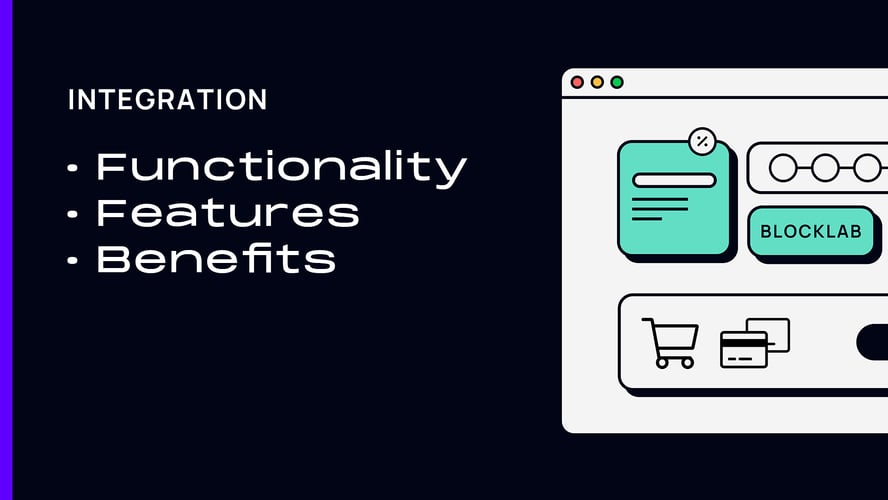
Celebration
| Mar 8, 2024 4:27:30 PM
Women in Tech
Happy International Women’s Day
At Shopblocks, we're thrilled to champion women in the tech world.

